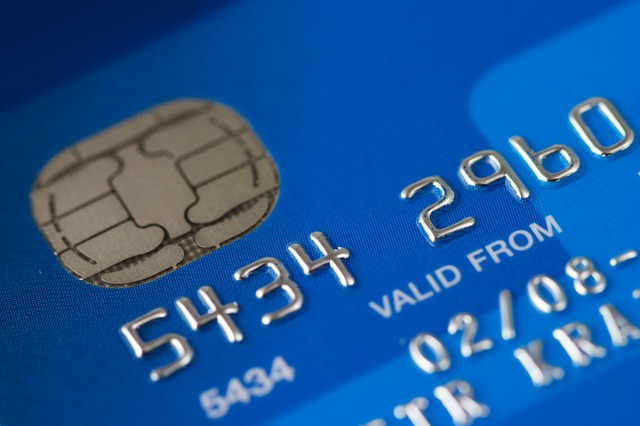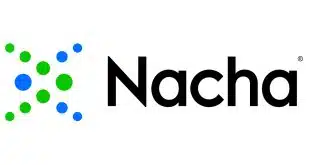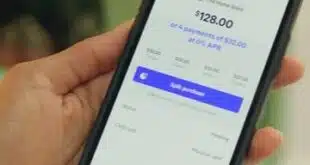Four years after the EMV chip card standard became the law of the U.S. payments land, the number of credit and debit cards with an EMV chip now exceeds 1 billion, and 63% of U.S. card-present transactions in 2019 involved an EMV card being read by an EMV-capable terminal, up from 53.5% in 2018.
Those numbers are some of the highlights in a report released Thursday by EMVCo, the standards body owned by the global card networks. The U.S. EMV credit and debit card count was 1.07 billion as of 2019’s fourth quarter, an increase of 232 million, or nearly 28%, from 842 million in late 2018.
Globally, the number of EMV chip cards is closing in on 10 billion—9.89 billion in 2019, for 63.8% of all cards issued. And 80.1% of card-present transactions last year used EMV technology, EMVCo said.

The United States didn’t begin replacing its fraud-prone magnetic-stripe cards with chip cards until years after many countries in Europe and Asia as well as Canada implemented their own conversions. The card networks set their U.S. point-of-sale EMV liability shifts for October 2015, meaning merchant acquirers and ultimately merchants, not card issuers, would bear financial responsibility for any counterfeit fraud resulting from a transaction in which their POS terminals couldn’t read a card’s EMV chip.
Many EMV cards and terminals also support contactless transactions through near-field communication technology, but data about such transactions was not immediately available from EMVCo.
U.S. convenience stores and other gasoline retailers have a separate EMV liability shift date for their automated fuel dispensers. It had been October of this year, after having been postponed by three years because of the expense and hassles up upgrading fuel pumps. Now, because of the economic devastation caused by the Covid-19 pandemic, the networks have delayed their shifts again, until April 2021.





